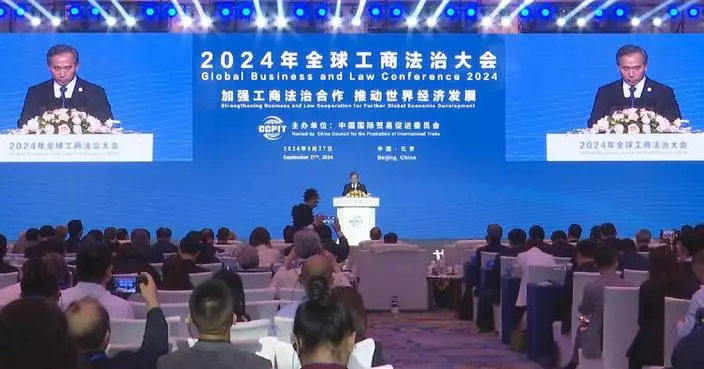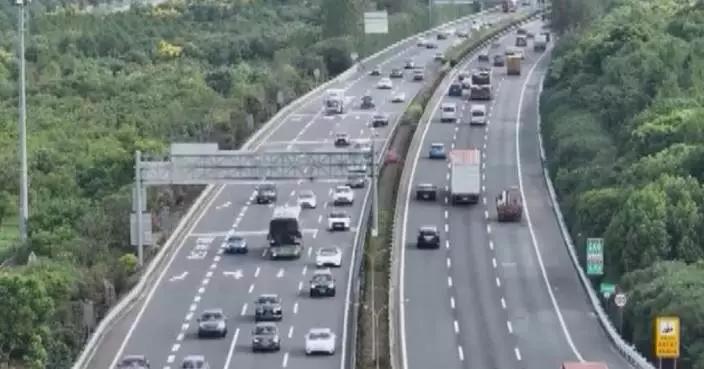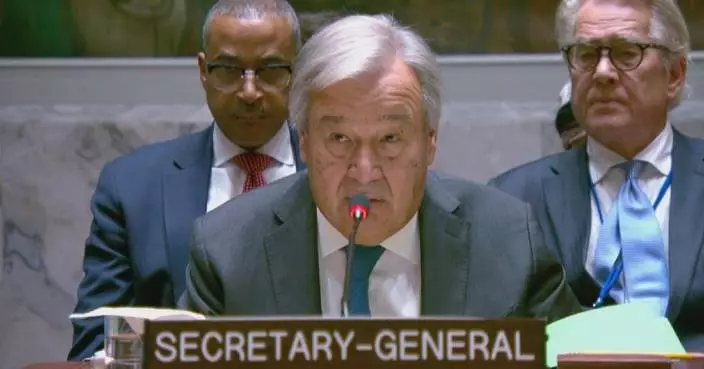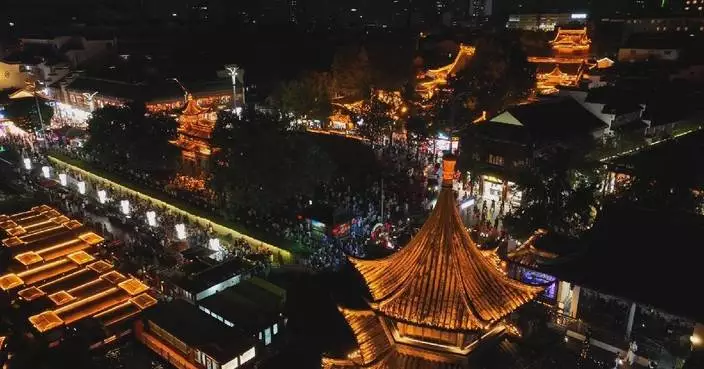Chinese Foreign Minister Wang Yi said at the UN headquarters on Friday that the 'Friends of Peace' platform sows seeds for peace and the Global South should unite to find a peaceful solution for the Ukraine crisis.
Wang, also a member of the Political Bureau of the Communist Party of China Central Committee, made the remarks when co-hosting a ministerial meeting of the newly launched "Friends of Peace" platform on the Ukraine crisis with Celso Amorim, special advisor to the President of Brazil, in New York.
Global South countries including Brazil, China, South Africa, Egpyt, Indonesia and Türkiye have jointly launched the "Friends of Peace" platform on the Ukraine crisis, as more and more countries have realized that the Ukraine crisis should not escalate out of control, and the international community cannot slide into division and confrontation, Wang said.
"Today, like-minded countries of the Global South have come together to establish the 'Friends of Peace' platform on the Ukraine crisis. All members of the 'Friends of Peace' are peace-loving countries. We are not the creator of the Ukraine crisis, or a party to it. We have no self-interest or geopolitical considerations on the Ukrainian issue. We gather here to voice our support for peace and to be partners for peace between Russia and Ukraine. Plant the seeds of peace, and one day they will sprout and grow," Wang said.
The Chinese foreign minister added that the Friends of Peace will not be a closed group, but an open platform; it will not seek competition and confrontation, but inclusive dialogue.
"We welcome like-minded countries, especially those from the Global South to participate, so as to make concerted efforts and build peace together," Wang said.
China has consistently upheld an objective and fair stance on the Ukraine issue, persistently advocating for peace talks and standing firmly on the side of peace, Wang said at the meeting.
Noting that the Ukraine crisis has entered its third year, Wang said that the flames of conflict are still spreading, the risk of spillover is increasing, and the developments in the situation are concerning.
Wang emphasized that in the choice between peace and war, the world must resolutely choose peace, adding that the international community should firmly stand on the side of peace, create conditions for peace, and strive to foster hope for peace.
In the choice between reconciliation and hatred, the world must resolutely choose reconciliation, Wang said, adding that in the choice between dialogue and confrontation, the world must resolutely choose dialogue.
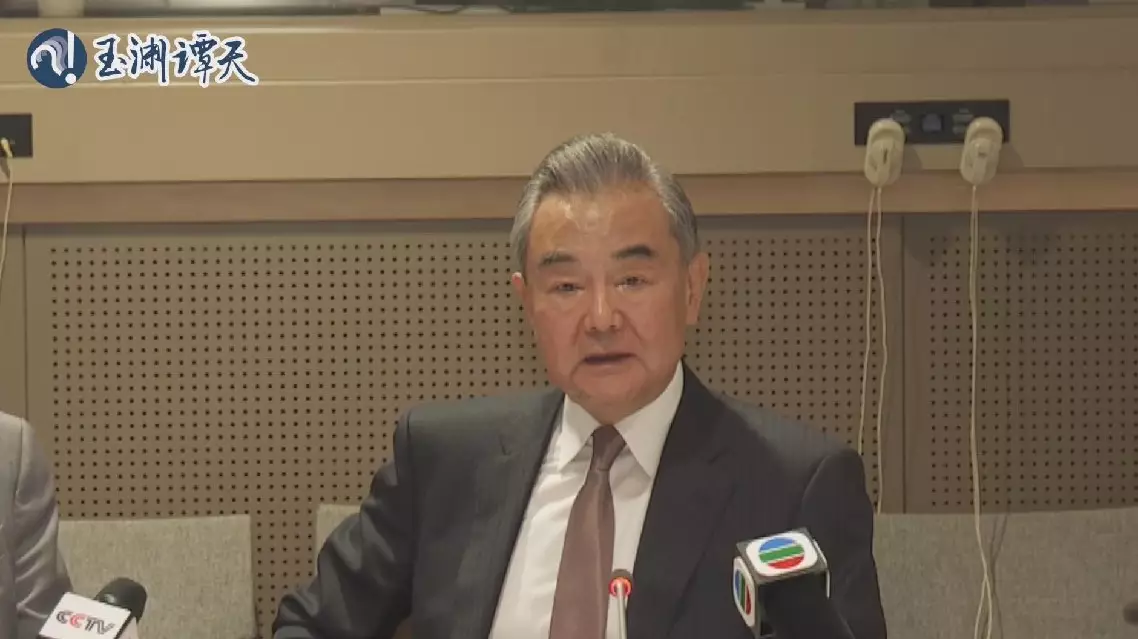
'Friends of Peace' platform sows seed for peaceful solution of Russia-Ukraine conflict: Chinese FM
Decades of persistent efforts against desertification in and around Kekeya have paid off, generating economic and ecological benefits for this once-arid land in Aksu Prefecture, located in northwest China's Xinjiang Uygur Autonomous Region. Nestled on the northern edge of the formidable Taklimakan Desert, Kekeya was once notorious for its tumultuous weather and ceaseless sandstorms. Covering a staggering expanse of 337,000 square kilometers, the Taklimakan is China's largest desert and is infamously known as the "Sea of Death".
In an effort to combat desertification and alleviate the adverse effects of shifting sands and dust storms on nearby residents, an ambitious afforestation project was launched in Kekeya in 1986. Consequently, what is now known as the "Green Great Wall" has gradually emerged.
Faced with water shortages, high soil salinity, and a lack of heavy machinery, those pioneers who first engaged in the project in Aksu rose to the challenge. They toiled with simple tools to soften the hardened soil, level the ground, and adjust soil alkalinity to create a suitable environment for the growth of trees.
"We were planting trees almost every spring and autumn then," said Song Jianjiang, one of the first forest rangers for the afforestation project.
One year later, the barren land of Kekeya showed its first signs of greenery. Local people saw hope for better living conditions, without sand finding its way into their rice bowls.
"We were planting trees almost every spring and autumn then. Since our shelter-belt forest was planted, it has blocked the wind and sand from afar, helped keep our homes clean," said Song.
In the first decade of the afforestation project, Kekeya saw about 2,200 hectares of artificial forest completed, and another 4,360 hectares in the second decade.
Since 2012, Kekeya has achieved 62,000 hectares of afforestation, and the total afforestation has exceeded 80,000 hectares.
Zhao Hongguang, a local apple grower, said there is a stark difference between growing on the land now as compared to 30 years ago.
"Back then, I planted over 2.6 hectares of land, but only 280 pear and apple trees survived. Now, one mu (one-fifteenth of a hectare) of land can produce 3 to 4 tons of apples. Four tons of apples can sell for over 20,000 yuan (about 2,852 U.S. dollars). Most of my apples are sold to the Yangtze River Delta and the Pearl River Delta regions," he said.
Residents Su Hui and his wife Lu Fang are both photography hobbyists. As the ecological environment improves, more birds and wildlife are captured in their lenses.
"In recent years, as the ecological environment improves, some bird species that we had never seen before have appeared in Aksu, such as kingfishers, red crossbills, and bluethroats. These birds were never seen in Aksu before, but now they can be spotted here," said Su.
After relentless efforts spanning generations, the afforestation project in Kekeya has achieved over 80,000 hectares of afforestation. Kekeya's forest coverage rate rose from 8 percent in 1986 to 73 percent in 2020. Today, green spaces and pocket parks are spreading throughout Aksu's urban areas.
"We have built the shelterbelt forest in Kekeya, and it has brought hope to everyone here," said Song.
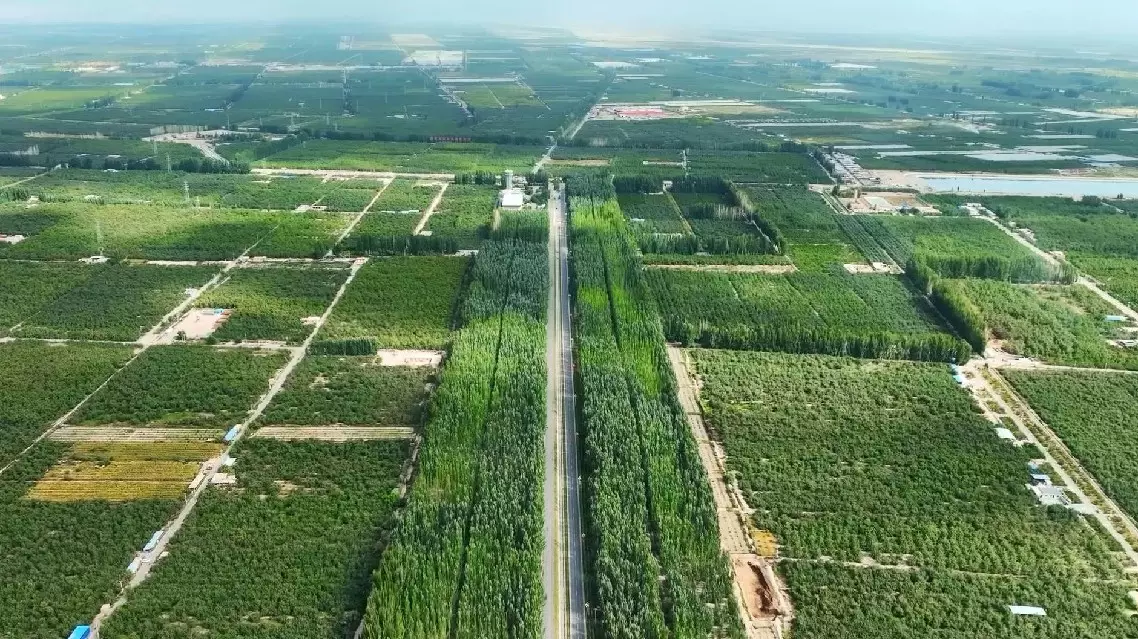
Xinjiang's Kekeya becomes green miracle in China's largest desert




